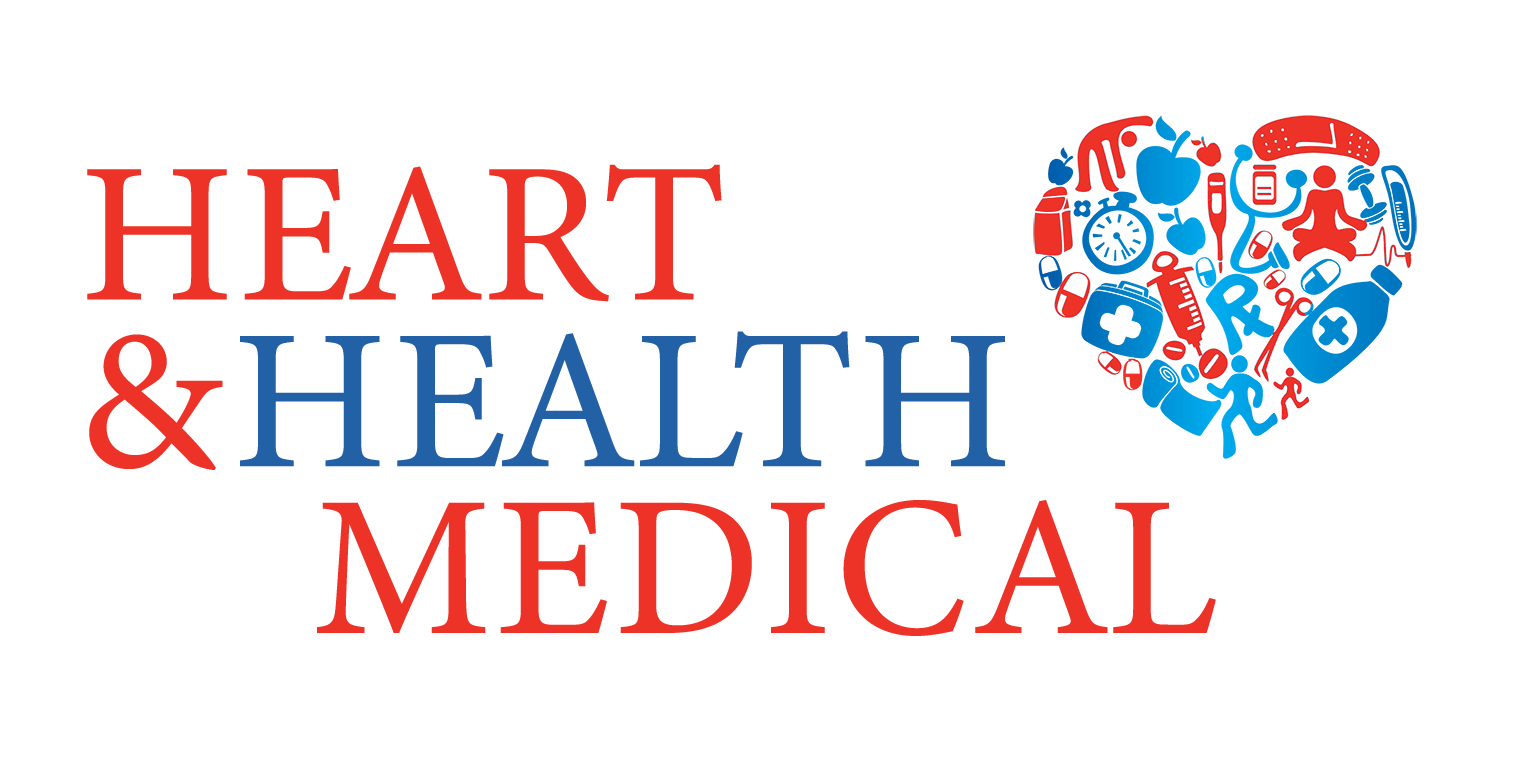Non-Healing Wounds
A non-healing wound is defined as a wound that has not healed or started to heal within 4 to 8 weeks. When a cut, burn, or wound is still persistent beyond one month, there are usually an underlying cause that needs to be treated. Typically, non-healing wounds occur in the lower extremities and are unresponsive to initial therapy. There are many types of non-healing wounds that may include venous, arterial, diabetic, pressure, and traumatic ulcers. The wound healing process is multifaceted and involves three phases: inflammation, tissue formation, and tissue remodeling. This process can become interrupted for multiple reasons and will cause a delay in wound healing and possibly lead to a chronic non-healing ulcer.
Chronic non-healing wounds are a major health problem, estimated to affect approximately 2-6 million people in the United States alone. Prevalence, worldwide, ranges from 1.9% to 13.1%. The incidence of chronic non-healing wounds is expected to increase as the population ages due to increased risk factors as smoking, obesity, and diabetes.
Wounds can occur for many different reasons. Regardless of the cause, if you are experiencing an abnormal wound, it is vital to seek treatment right away. If a wound is left untreated, you risk infection and possible loss of this appendage. There is also the risk of other medical complications such as organ failure, sepsis, or bone infection.
Wound Care Specialist
If you have a wound that has not started to heal within 14-days. Schedule a consultation with a wound care specialist immediately.
Diagnosing Non-Healing Wounds
Wounds can occur for many different reasons and can often heal on their own. If there is a wound that is not healing or if the patient is experiencing increasing pain, swelling or discoloration, fever or chills, oozing or bleeding, or a foul smell coming from the wound, a doctor should be notified.
Those with diabetes are at a particularly high risk of developing non-healing wounds due to elevated blood sugar levels. This can have a negative impact on circulation and weaken the immune system. Diabetic neuropathy can also cause nerve damage, making it easier for a wound to go unnoticed for a long period of time.
Symptoms
A normal healing wound, depending on the cause and type, will most likely be red, irritated, and even slightly swollen. A non-healing wound will have distinct symptoms. These include:
- Numbness in the area surrounding the wound
- Increased pain over time
- A change in the color of the wound
- An order
- Pronounced swelling
- A fever
- Discharge from the wound
- No signs of scabs or formation of new tissue
Treatment Factors
The goal of treating a non-healing wound would be wound closure as expeditiously as possible. There will need to be a customized plan to meet the needs of an individual wound. Conventional treatment for non-healing wounds includes wound cleansing, necrotic tissue debridement, prevention, diagnosis, treatment of infection, mechanical off-loading, and management of blood glucose levels. There is also a wide array of advanced treatments such as hyperbaric oxygen therapy, skin grafting, vacuum-assisted closure, and surgical management like angioplasty and reconstructive surgery. Issues of poor circulation, infection, edema, trauma to the wound, and malnutrition can be present in a multifactorial occurrence, and treatment of these underlying causes will be addressed by your doctor.
Contributing Factors
- Poor Circulation
- Bacteria on the skin or from other parts of the body
- Weakened Immune System
- Poor Nutrition
- Medical Conditions such as Diabetes
- Tobacco Use
- Excess Alcohol Consumption
- Advanced Age
- Being Overweight
- Inactivity
Poor circulation
Poor circulation can be caused by either venous insufficiency or arterial insufficiency. In venous insufficiency, blood and fluids cannot return up through the veins. This occurs when the valves inside the veins that prevent the backflow of fluids are not functioning properly. This will cause blood and fluids to pool in the lower extremities. To treat this, doctors will use compression therapy, including compression socks and bands, manual lymphatic drainage, and electronic sequential vasopneumatic pumps. With arterial insufficiency, plaque forms on the inside of the arteries and impedes blood flow. The most common way to treat his is through artery bypass or angioplasty.
Edema
Infection
Insufficient nutrition
Repetitive trauma
Prevention
Many factors not only affect the healing process but also can predispose a wound to become chronic and to developing complications such as infection. Appropriate cleansing, debridement practices, and choice of topical interventions are crucial steps that need to be taken to prevent a healing wound from becoming a non-healing wound. Removal of debris and foreign materials can help to reduce the risk of infection along with cleansing the wound with sterile saline or antimicrobial wound cleansers. Any foreign material that inhibits healing, such as toxins, bacteria, yeasts, or viruses, and also substances such as dressing residue, animal hair or dander, suture material, or any other types of debris, should be removed. Once a wound is debrided, multiple dressing formats can aid in inhibiting microbial proliferation, preventing infection, or treating local infection.
